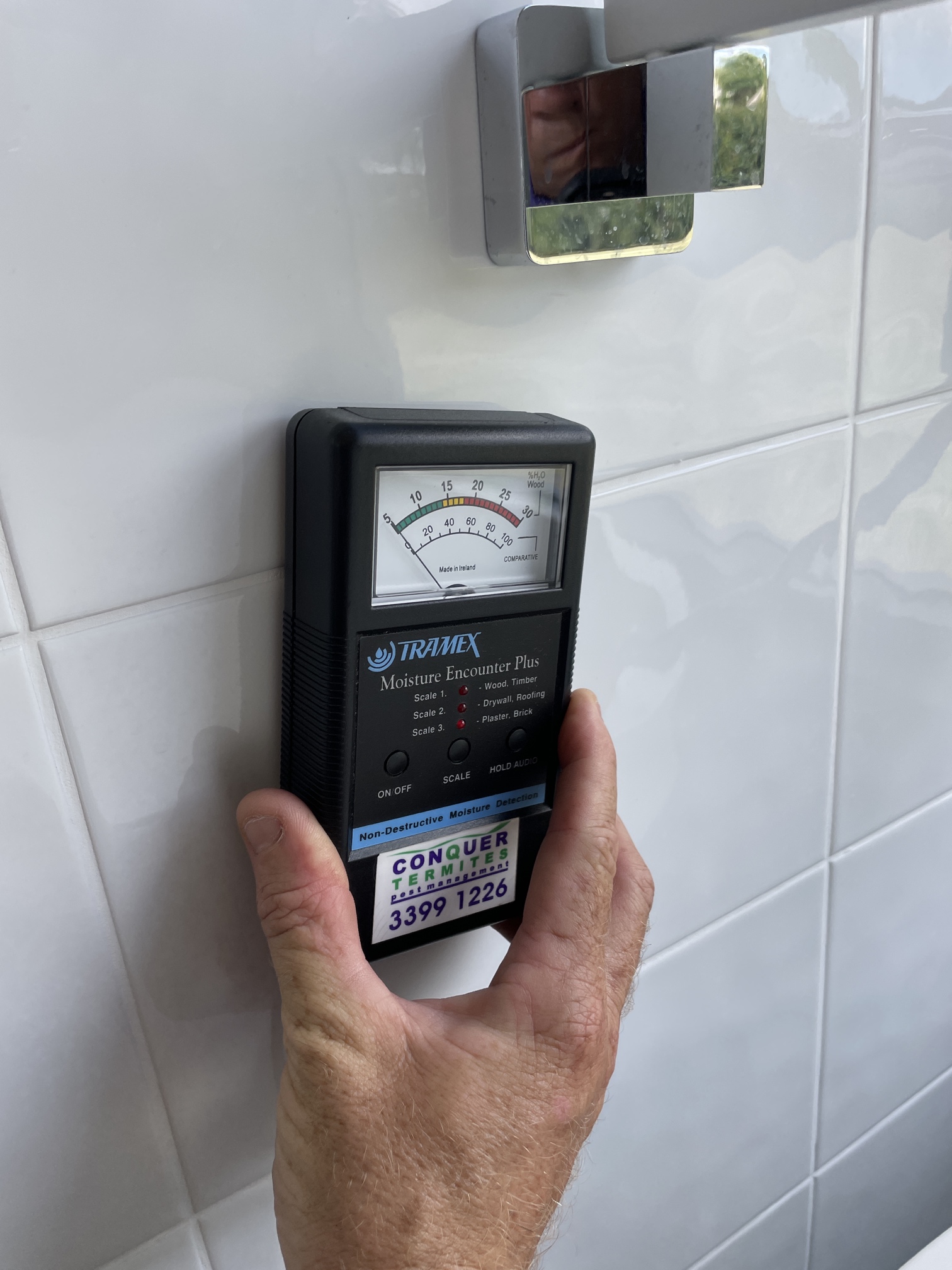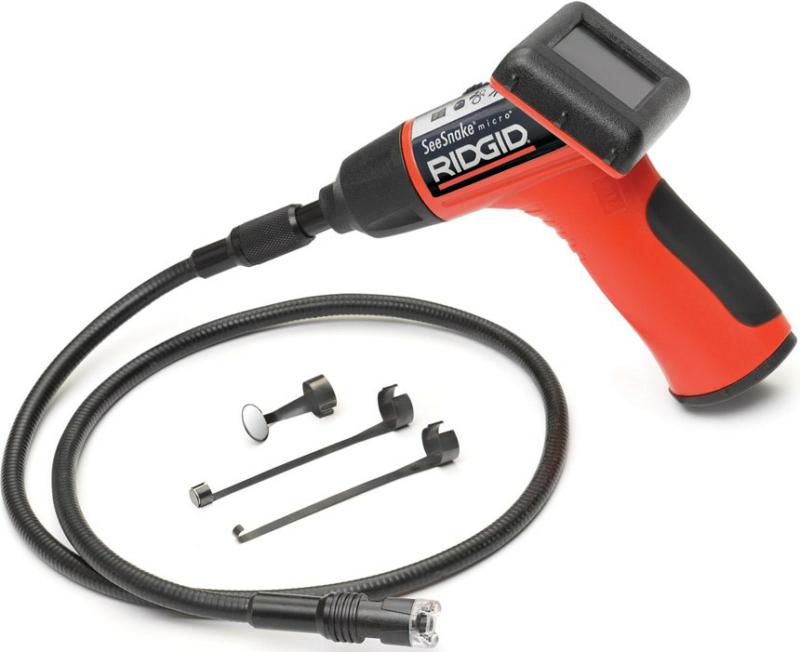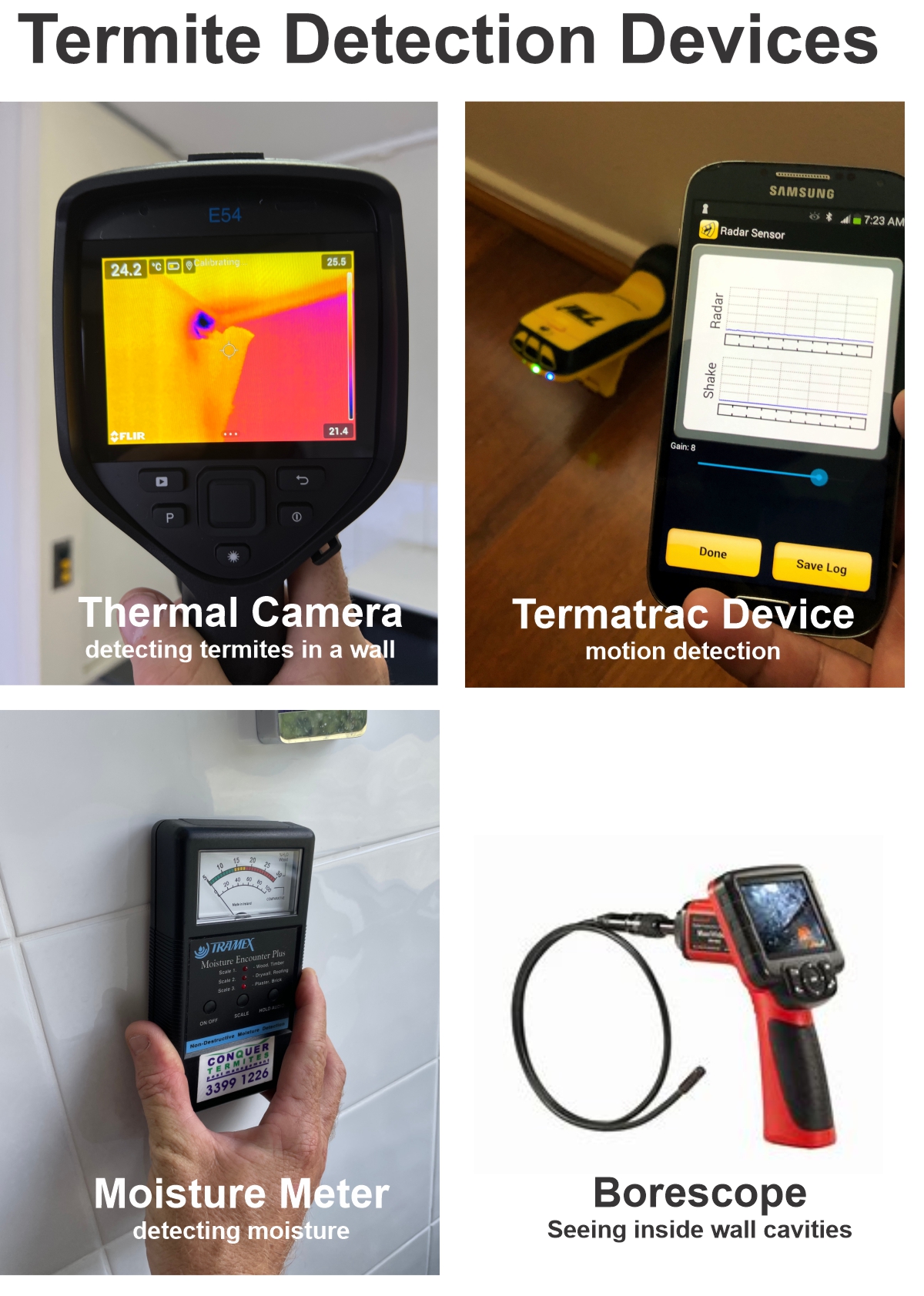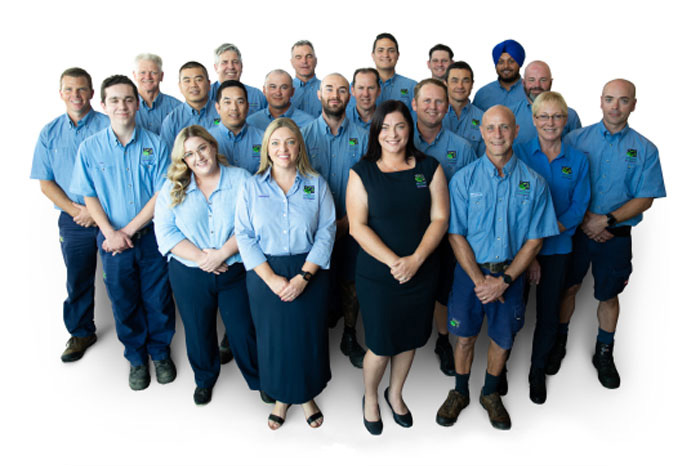If you’ve ever wondered what to expect during your termite inspection, we thought now was a good time to introduce you to some of the tools we use on the job. A termite technician’s tools range from the hi-tech thermal imaging products all the way down to simple screwdrivers and tappers.
The Tapper
A termite tapper is one of the most simple, but valuable pieces of equipment we will use in your pest inspection. It is run along the skirting boards and any exposed timber and a technician is able to hear a change in tone that may alert him to possible signs of timber damage.

A Termite Tapper is one of the most useful tools in a pest & termite inspection
If a difference in tone is detected, a simple screwdriver can be used to examine the wood and see if it is compromised - i.e if the termites have eaten it.

Our Tramex Moisture Meter
Another tool often seen at a Pest Inspection is a Moisture Meter. As it’s name suggests, a moisture meter is used to detect levels of moisture in internal walls. A higher moisture level than normal can be a good indicator of termite activity, as they require moist, humid conditions for survival. They also leave a moist trail as they work and feed. The termite tapper and the moisture meter are used in every termite inspection conducted by Conquer Termites Brisbane.

Borescope
A borescope would be used if the moisture meter is not conclusive, we would drill a small hole in the wall and insert the borescope to get a better look at what is going on inside of your walls. It can be used to determine if there is current activity or to get a better picture of how much damage termites have done to your structure. It’s a great chance for you to get a look at the termites (should you be so inclined) without having to disturb them.

Termatrac
Next in our arsenal is something we blogged about recently - our Termatrac
A termatrac detects motion inside walls and can be a better first step than opening walls and disturbing active termites (thus encouraging them to move to an even less accessible spot in your home). Invented and developed in Australia it uses microwave technology to detect termites hidden below the surface of timber, plaster board, brick or masonry with no interference to the building material or termite activity. A termatrac is comprised of two parts: a sensor unit that is applied to a surface to pick up any termite activity, and a main control unit which we use to assess the data fed back to us.

Thermal Imaging Camera
We recently used one of these in a job in Sunnybank Hills Nick’s South Central Territory just the other day. Thermal imaging is a technology that will detect differentials in heat energy. If termites have a concentration of activity in a certain area or a nesting inside your walls, the camera will pick up the heat caused by that activity. If there is a lot of activity, it will show up on a Thermal Imagine Camera as hot spots. In the Sunnybank Hills job last week we had suspected termite infestation in a window frame, but our moisture meter had failed to pick anything up. By using the thermal imaging camera, we were able to detect a few hot spots and by also teaming this up with the borescope, we were able to find a lot more termite activity in the wall cavity and in the timber frame.
It’s a useful tool, but it has it’s limits, particularly here in Brisbane, or in the rest of South East Queensland. If the ambient temperature of the wall is the same as the termite workings (for example over 23 degrees celcius), a thermal camera isn’t necessarily going to pick anything up. As well, just as in our Sunnybank job, if that particular spot only has a small amount of termites, then we are going to need to introduce other tools to get a better picture of what’s going on.
While we all are inclined to feel “safer” and better looked after if we have the latest gadgetry at our disposal, it’s good to remember that sometimes time honoured, simpler methods can be more successful, or should at the very least be used in conjunction with newer methods. They do not replace the tools we have been using successfully for years.




